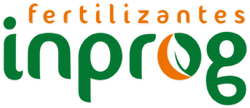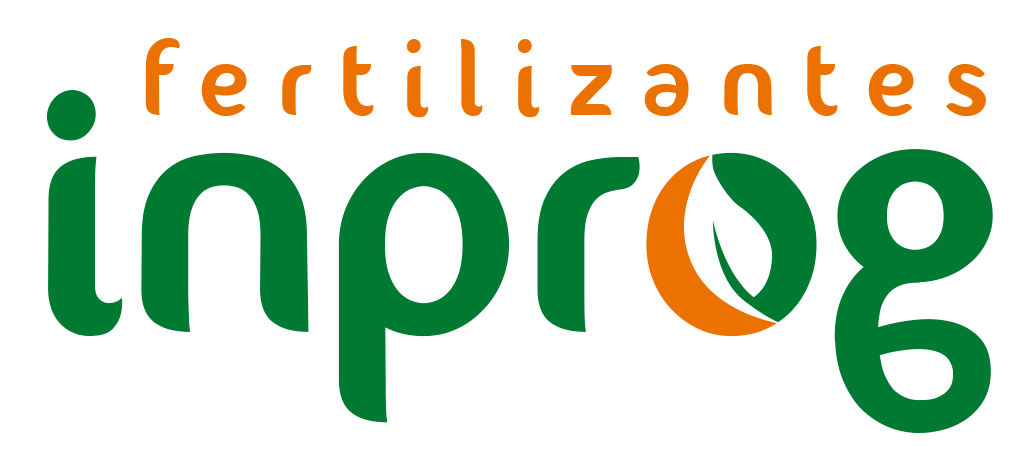The relationship between organic matter, microorganisms and minerals enables the plant to absorb these 35 nutrients. Knowing how these 3 elements interrelate is the key to our success.
- Do you understand how OM relates to microorganisms and nutrients?
- Are all 35 nutrients equally important?
- Do you know how microorganisms unlock P, Fe, Ca, Zn …?
The #3Ms theory scientifically explains how to nourish a plant or crop in a comprehensive and balanced way. The aim of this theory is to ensure that the plant obtains the 35 nutrients it needs for its correct development during its life cycle.
To achieve this aim of #35, the theory shows that it is necessary to have a global vision of the plant/soil binomial, based on the premise that there are three main agents in the soil: Minerals, Microorganisms and Organic Matter and their interrelation between them.
The #3Ms are the pillar that must support any fertilisation system.
Organic matter
- Food for microorganisms
- Keeping nutrients in available forms, while avoiding their loss or blockage
- With the application of OM we achieve the following.
- Supply microelements and #nanoelements
- 1% of OM in the soil increases CEC
- 15% NPK nutrient retention
In any soil, Organic Matter is the life support and keeps nutrients available to the plant.
Organic Matter has a myriad of functions, be they physical, chemical and biological.
- Biological properties: food for a whole series of microorganisms that in turn work together to unlock nutrients.
It is also one of the constituents of the CEC (Cation Exchange Capacity) or the capacity to store nutrients to later transfer them to the plant.
By way of analogy, soil OM acts as a logistics platform.
- It receives, stores and delivers nutrients.
- It feeds the carriers (microorganisms). A platform with 2 docks does not have the same logistics capacity as a platform with 20 docks. The latter will be able to store and supply 10 times more product.
Microorganisms
- Unlock soil nutrients
- Protect the crop from pathogens
- Hold nutrients in soluble forms
- Transport nutrients
Providing OM annually contributes to maintaining biological diversity, as we provide new organisms as well as their food.
If we increase biological diversity, we also increase competence against all those pathogens that could reduce crop productivity.
Minerals
- The plant feeds on 35 elements; “we are what we eat”.
- NPK + Ca-Mg-S
- Microelements and #nanoelements
- Secondary metabolisms
- Nutritional balance
As mentioned above, the plant is nourished by 35 elements.
Excluding C-H-O (carbon, hydrogen, oxygen), it absorbs 32 nutrients regularly bound into two groups. Macro and microelements.
The macroelements are the usual ones: NPK and Ca-Mg-S. Manure provides a large amount of Fe, Zn, Mn, Cu, B, Mo, Ni microelements, but in order to complete the 35 nutrients we have to resort to other mineral sources, mainly rock flour (#FRpower).
With rock flour (or #FRpower technology), we manage to introduce elements, such as Si, Se, Sr, I, Ni, V, Co, Li, Rb, Br, F, etc., as well as microelements, such as Fe, Zn, Mn, Cu, B, Mo, Ni.
- Fertilisation based exclusively on minerals fails to provide all 35 elements, as many of them are blocked and leach out. This is why organic matter and microorganisms are essential to make nutrients available.
- Microorganisms unlock the nutrients and put them into assimilable forms.
- The annual supply of organic matter from new minerals feeds the soil microorganisms. Soil organic matter also helps to keep the nutrients in assimilable forms for the plant.
Conclusion
A comprehensive fertilisation includes minerals, organic matter and microorganisms.
Without minerals, organic matter and microorganisms, fertilisation is not complete.
- The plant is nourished by 35 minerals = C-O-H + NPK + Ca-Mg-S + 26 minor elements.
- The plant does not feed on organic matter.
- Microorganisms feed on organic matter and minerals.
- A soil without organic matter does not develop microorganisms.
- A soil without microorganisms is a dead soil.
- Mineral nutrients are unlocked by microorganisms.



